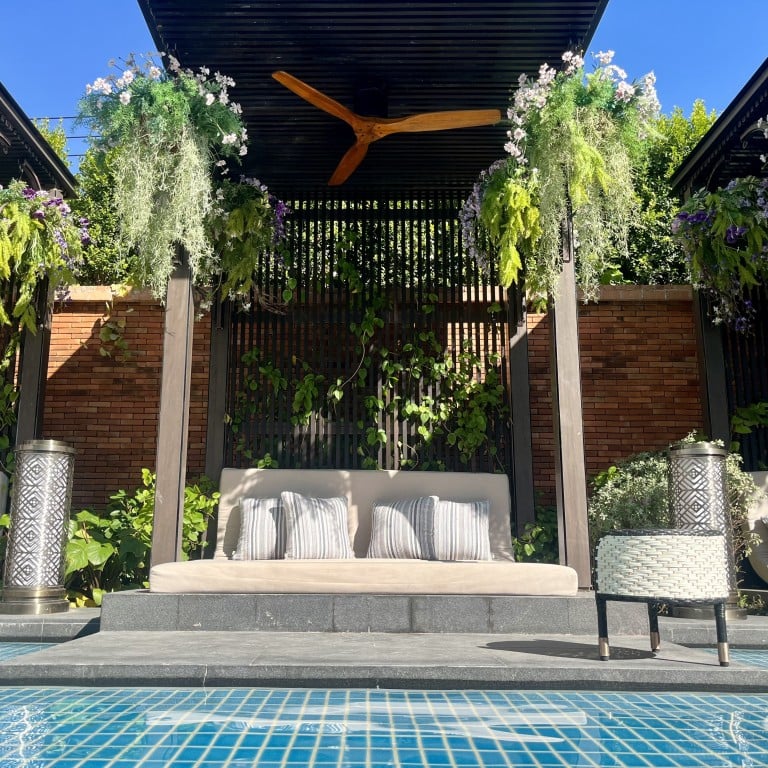
A stay at Teresa Teng’s favourite Chiang Mai hotel, now an InterContinental, for cocktails, Thai massage, great regional cuisine, even a balloon ride
- Relax by the pool, enjoy a massage, make yourself at home at the bar or visit the city when you stay at the five-star Intercontinental Chiang Mai The Mae Ping
- Chiang Mai is known for its temples, artisans and museums, but if you want something more adventurous, the hotel can lay on a balloon ride
Just 15 minutes from Chiang Mai International Airport, the new InterContinental is close to the northern Thai city’s night bazaar and the 13th century Tha Pae Gate.
In a former incarnation, as the Imperial Mae Ping, the hotel was a home away from home for Taiwanese pop star and actress Teresa Teng Li-chun, who died of a suspected asthma attack while in Chiang Mai, in 1995.
The hotel’s 240 rooms and suites face either the old town or the misty slopes of Doi Suthep mountain, and each is a showcase for chang sip mu: traditional arts that encompass lacquering, wood carving and metal beating.
The hotel’s designers have blended history and heritage with modernity, nowhere more so than in the high-ceilinged lobby, with its teak features – Chiang Mai was known for its trade in the wood during the late 19th and early 20th centuries.
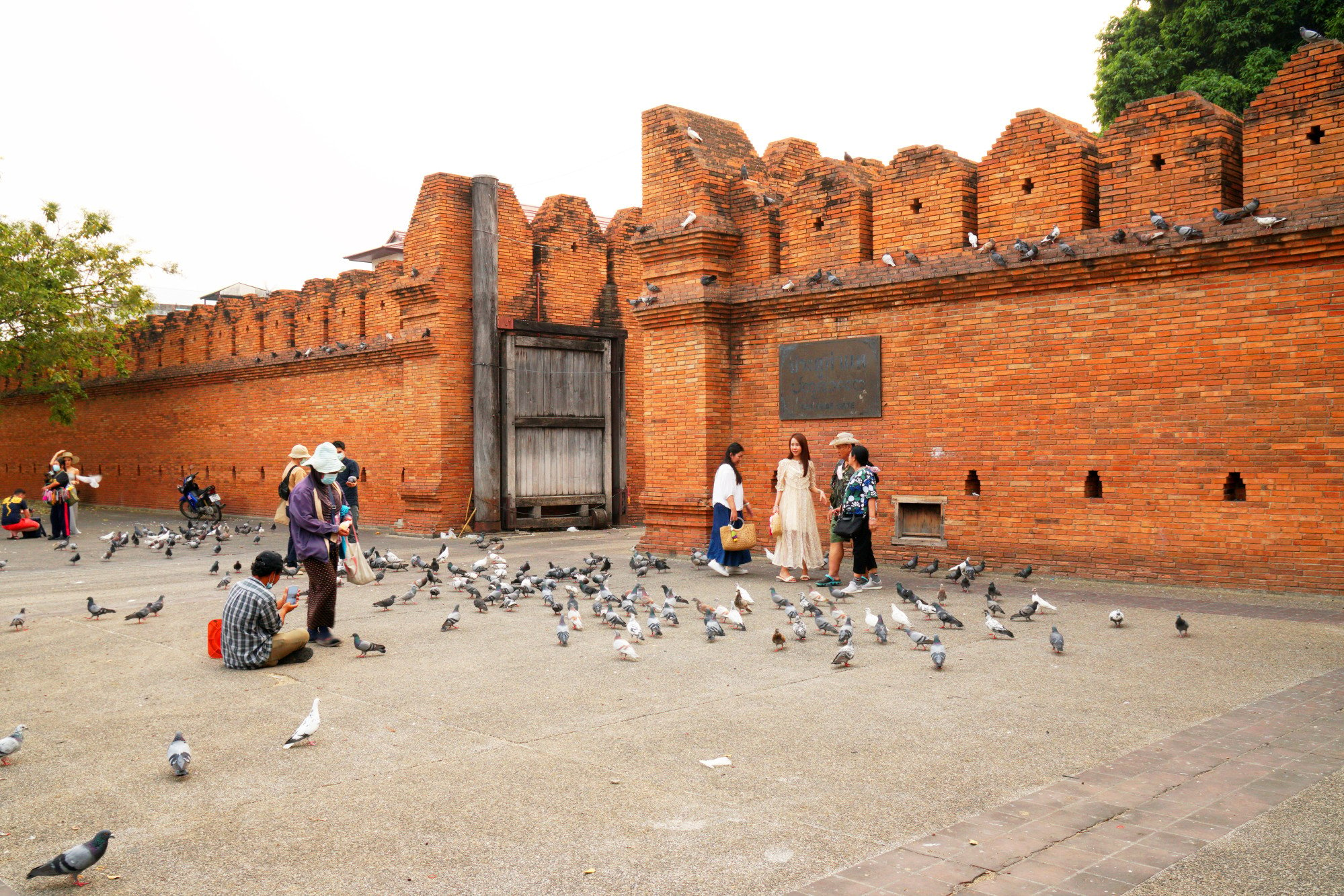
Tell us more about Teresa Teng

It will be possible to combine a visit with a Teresa Teng-inspired afternoon tea, which will be served next door, in Hong’s Chinese Restaurant & Sky Bar, which is also not yet ready for the public. When it does open, Hong’s will serve Sichuan, Cantonese and Taiwanese cuisines.
Are there other restaurants in the hotel?
There are. The menu at The Gad Lanna (gad means “market”; Lanna was a kingdom of which Chiang Mai was capital) is prepared with seasonal ingredients sourced from local farms and a highlight is the region’s speciality dish, khao soi (egg noodle curry).
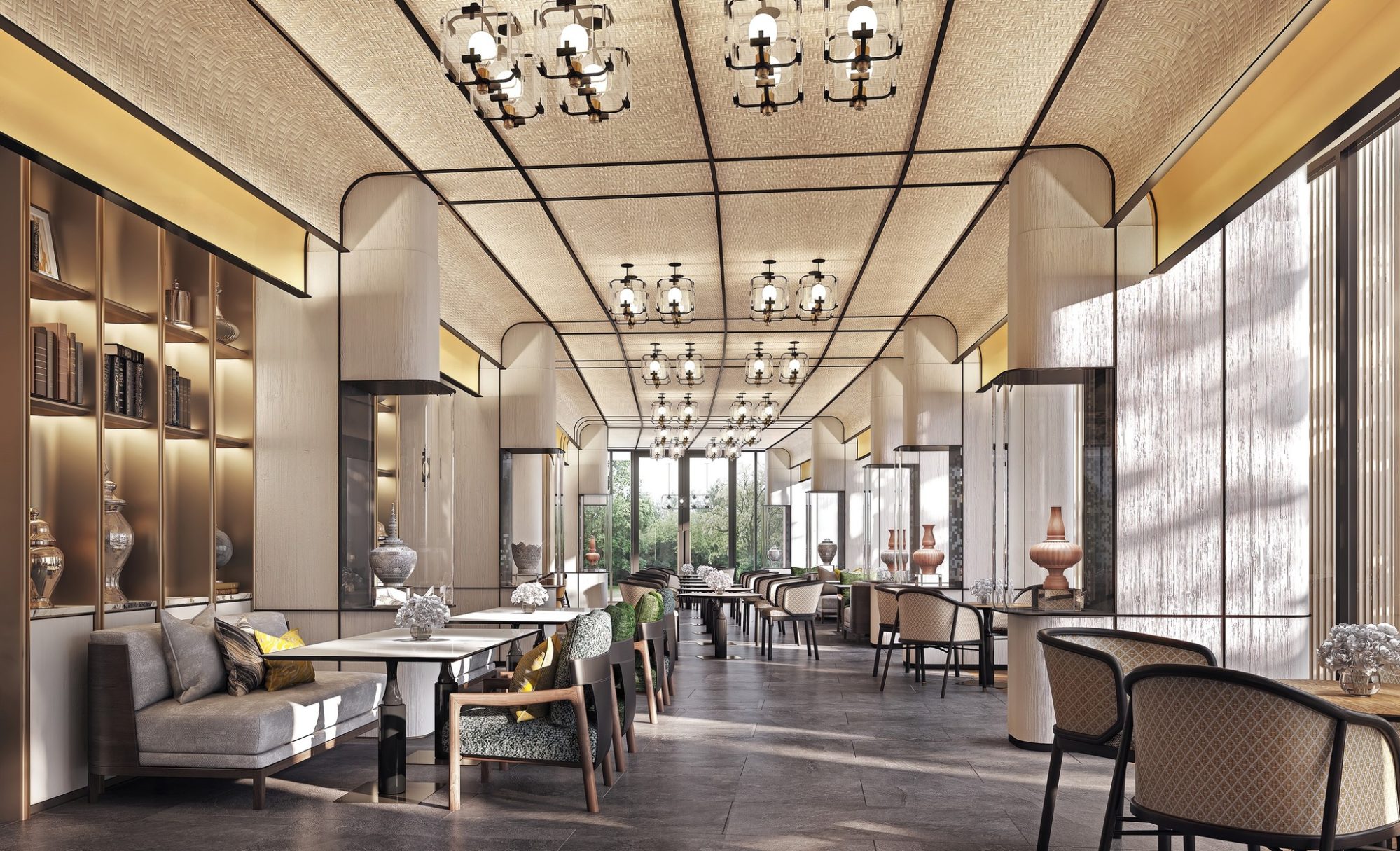
The breakfast buffet caters to all tastes, but recommended is the kanom krok, a coconut pancake unique to Thailand that’s prepared in a cast-iron pan, much like Hong Kong’s egg waffles.
“These ones are sweet but you can eat them any time of the day,” says cook Thanyaphat, as she flips her pancakes until they are golden brown. “Ingredients such as chives or ham can be added if you want them more savoury.”
For the best start to the day, enjoy breakfast among the banyan trees and birds overlooking The Lawn, a manicured garden laid out around a 600-year-old Buddhist temple. Major private function vibes!

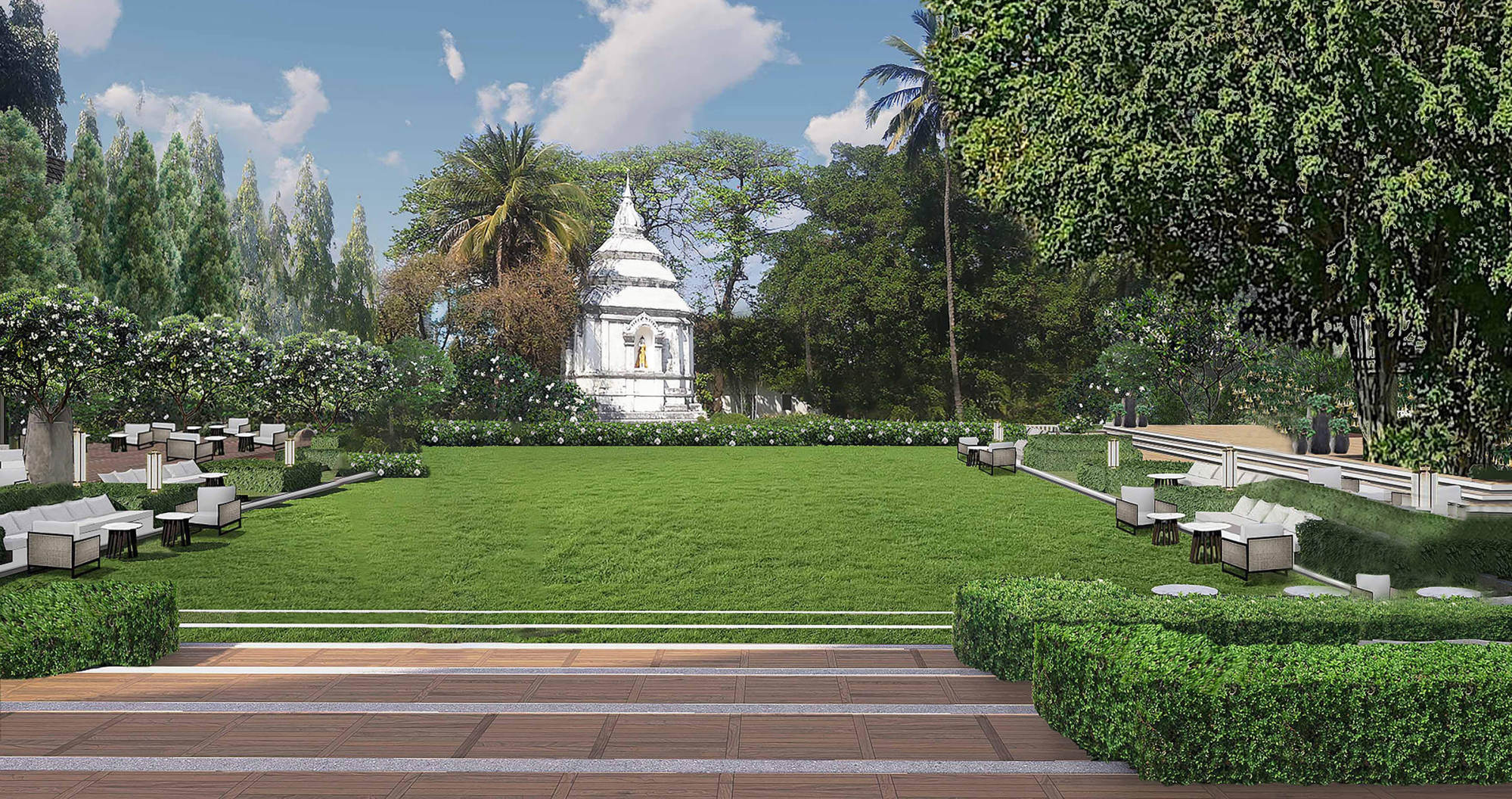
Can I dip into the region’s cultural crafts?
Of course. The old town, with its 700 years of history, is the beating heart of Thailand’s handicraft industry – in 2017 it was awarded the Unesco title of Creative City.
The hotel can arrange bespoke experiences that include a trip to Wat Nantaram’s lacquerware museum, where Patchara Sirichunchuen explains the craft’s history.
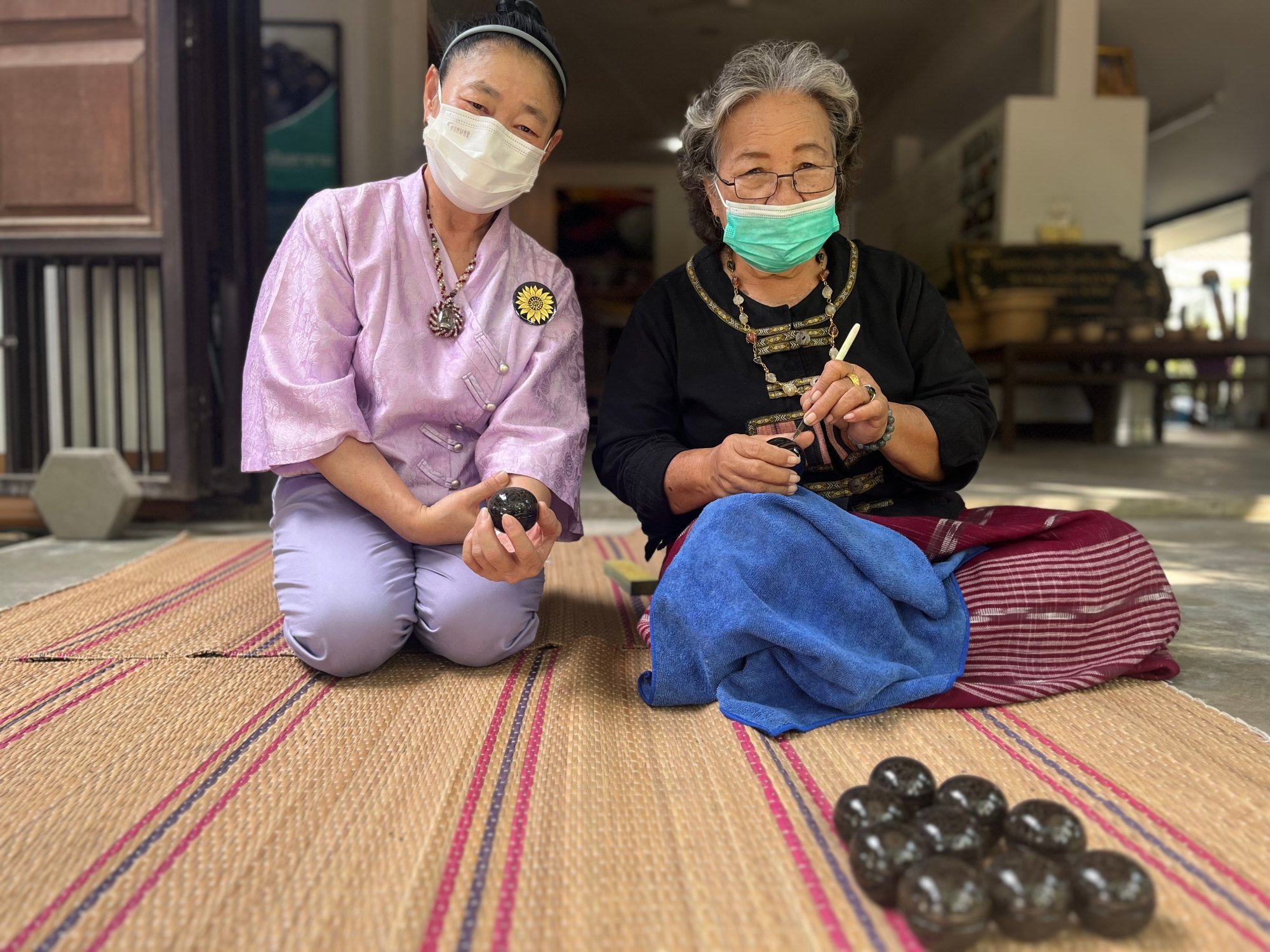
“Each piece we make is a team effort, from bamboo crafters to those who lacquer and those who paint the intricate designs,” says the sprightly 68-year-old, who has been making lacquerware for 50 years.
Fancy a cuppa? The hotel can arrange a workshop at Monsoon Tea, by the Ping River, where visitors can blend their own brew using a variety of leaves, including a rare jungle tea that grows wild in the mountains.
Hm, anything for the more adventurous?
One of the most blood-pumping experiences offered by the hotel is an early morning hot-air balloon ride over Chiang Mai, in collaboration with Balloon Adventure Thailand.
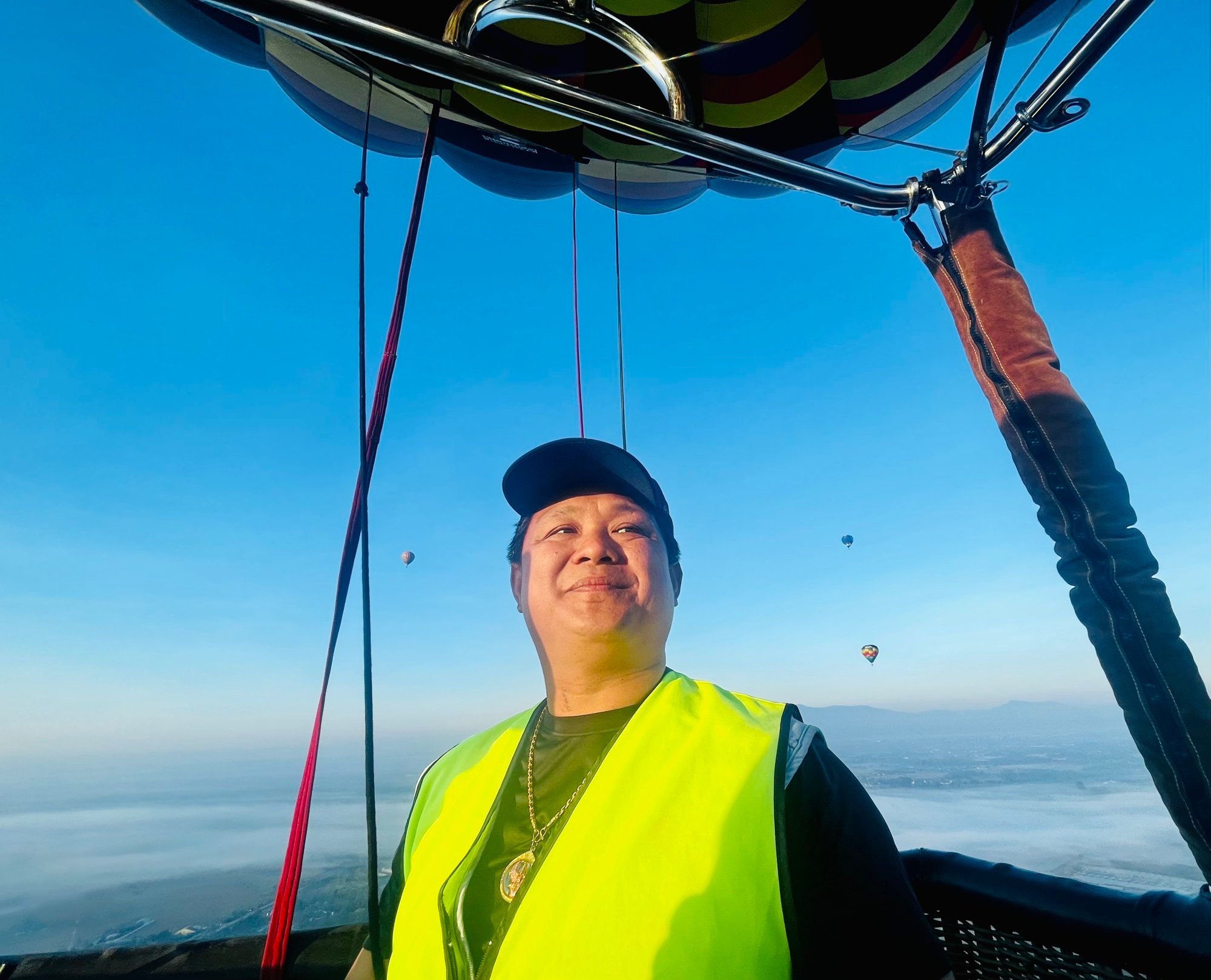
“I see a lot of marriage proposals up here,” says Tao Nithis Thongdee, a balloon pilot for 14 years, as he steers a recent sunrise flight.
“One involved a man playing the saxophone, which I had to keep hidden until the time came.”
Sporadic bursts of fire keep the passengers surprisingly toasty as the colourful balloon floats along at an altitude of 2,000 feet (609 metres); panoramic views of the mountains and rice paddies add to the odd mix of calm and excitement.
4 dragon-themed destinations in Korea to visit in the Year of the Dragon
Back on terra firma, the experience continues for hotel guests with a champagne breakfast at a peaceful lakeside location. Bliss.
Can I chill at the hotel bar with a cocktail?
Indeed, but for something special, ask mixologist Santoast to prepare you one of his Wiangpings, with Tanqueray, Grand Marnier, Amaro Montenegro, lychee, rose syrup and lime juice.
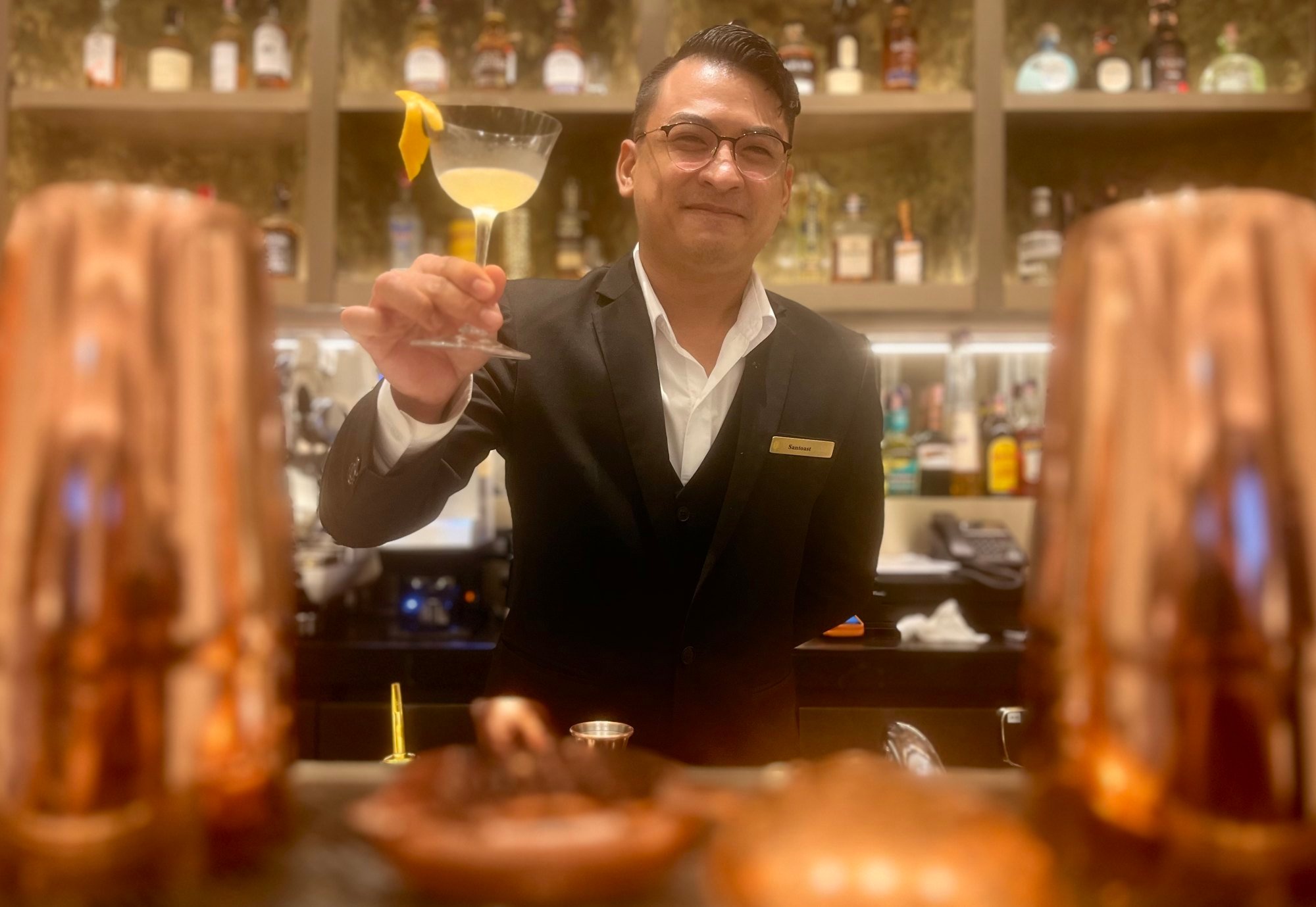
“Wiangping is the name of a flower here, and Chiang Mai is called the Rose of the North, so that’s where the inspiration came from,” he says.
Enjoy your Wiangping in the Kam Lobby Lounge (a jazz bar at night) or poolside, where cosy cabanas come with shaded covers and fans.
Are massages available?
A trip to Thailand wouldn’t be complete without one; and the hotel’s ii Spa has your back. The Lanna Signature Massage – 3,100 baht (HK$690) for 120 minutes – incorporates tok sen, a northern Thai practice going back 2,500 years that involves a small wooden mallet and chisel with which to hammer out muscle tension and boost circulation.
The art of a good Thai massage: satisfaction for US$5 in Chiang Mai
Anything else?
As Thailand’s second-largest city, Chiang Mai – population 1.2 million – has a lot of temples. But a must-see is Wat Sri Suphan, also known as the Silver Temple, in Wualai district, a traditional silver-making village just south of the old city.
Originally built in the 16th century, during the Mangrai dynasty, it is a gleaming example of Lanna/Thai architecture.

How much does a stay cost?
Classic rooms start at US$235, and one-bedroom suites at US$370 – plus 18.7 per cent in combined taxes.

